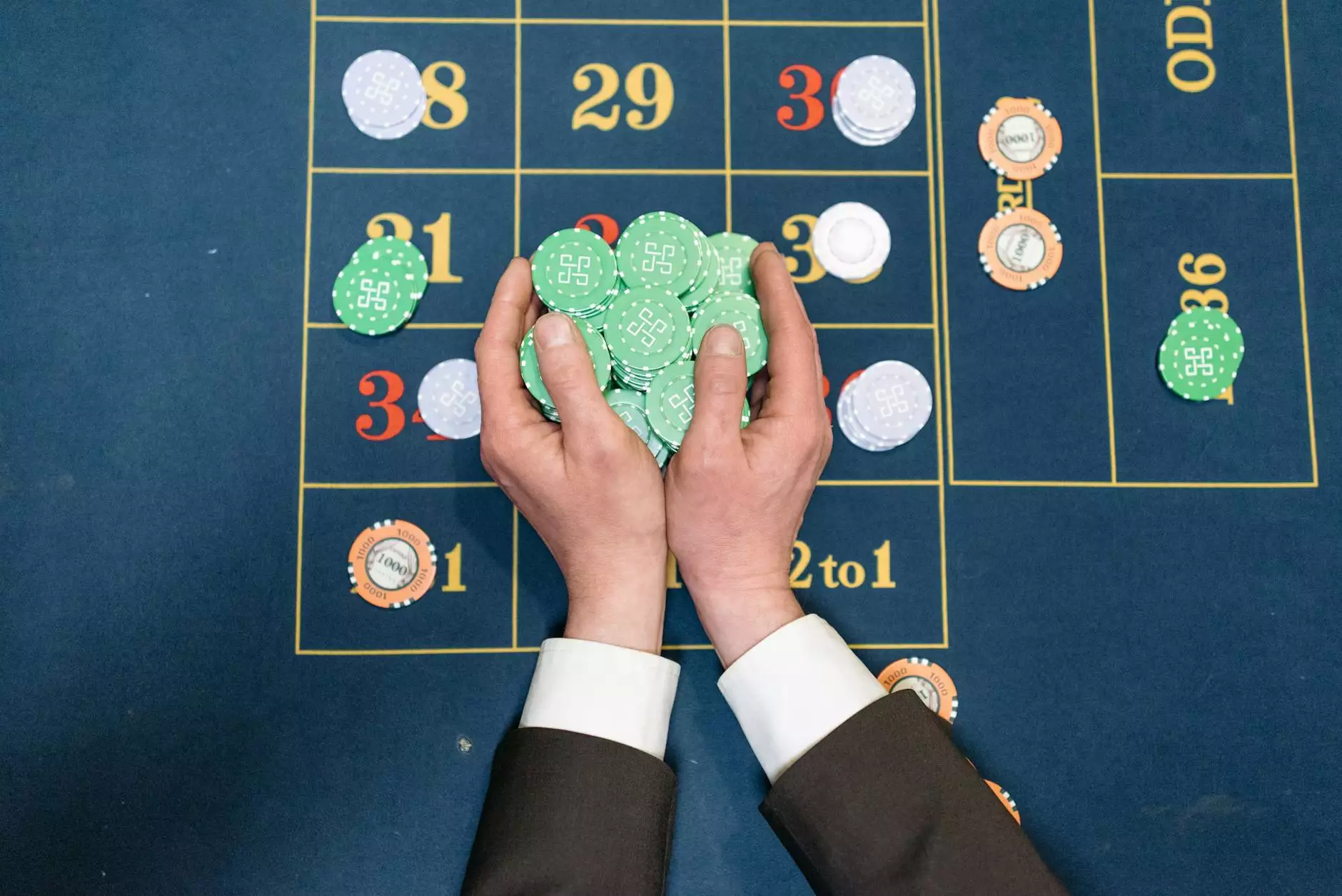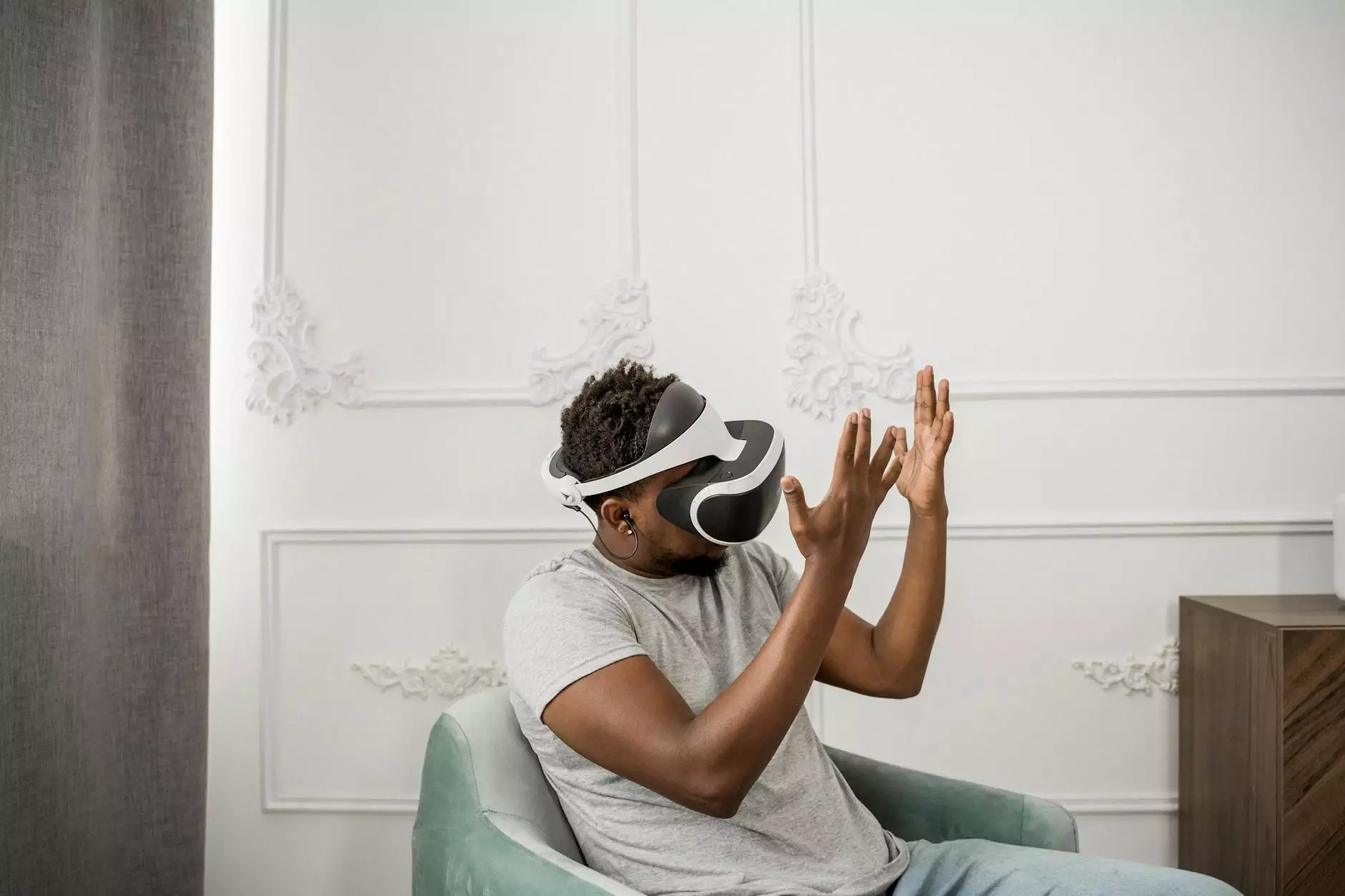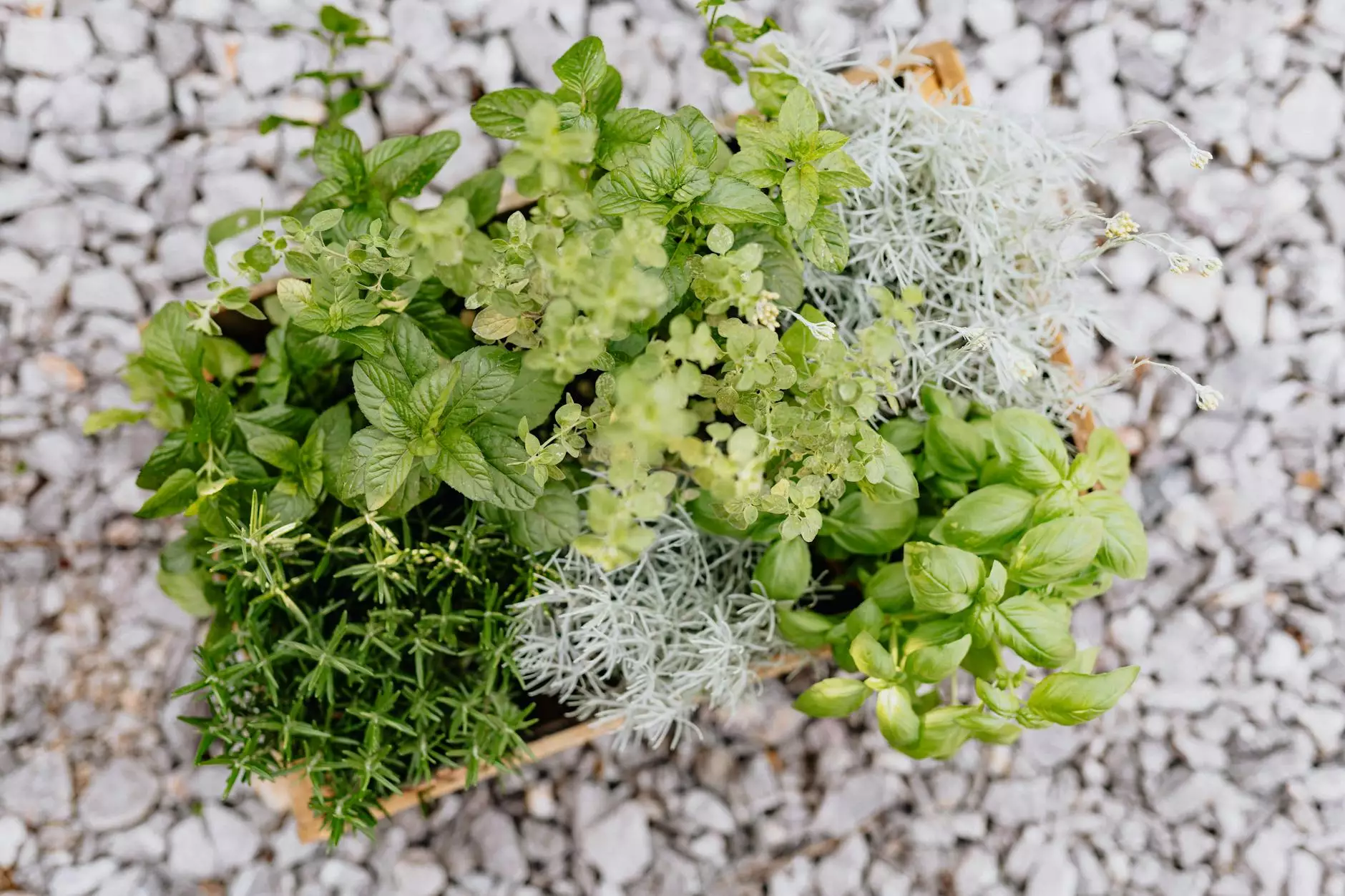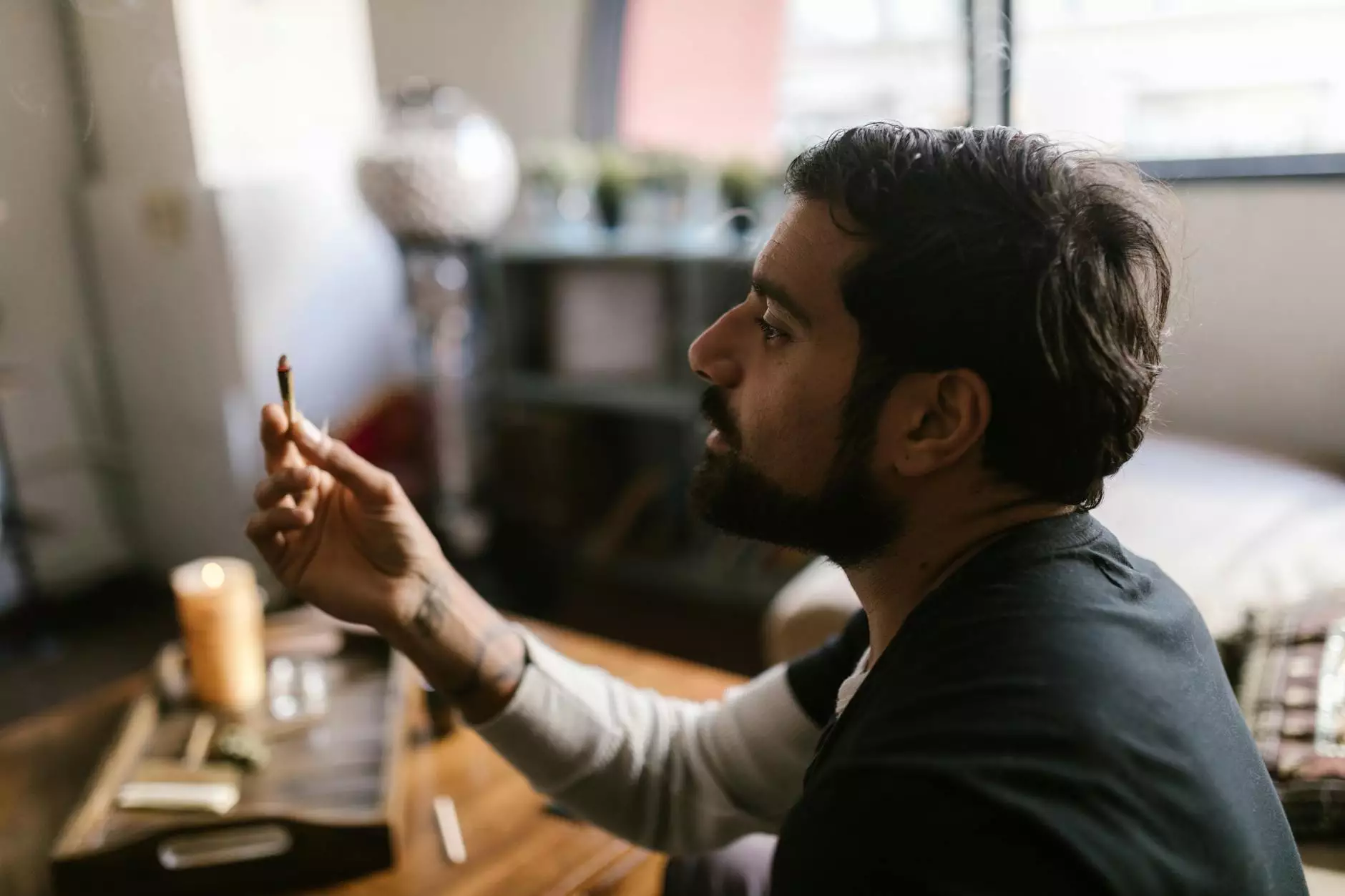Tendinopathy vs Tendonitis: Understanding the Differences and Implications for Treatment

Tendons, the fibrous tissues that connect muscles to bones, are critical for our body's movement and function. However, they are susceptible to various conditions that can lead to pain, discomfort, and functional limitations. Among these, tendinopathy and tendonitis are two commonly discussed terms. Despite their frequent use interchangeably, they represent distinct conditions. In this comprehensive article, we will delve into the nuances of tendinopathy vs tendonitis, explore their causes and symptoms, and discuss effective treatment options for both conditions.
What is Tendonitis?
Tendonitis refers to the inflammation of a tendon. It commonly occurs due to repetitive strain or acute injury, leading to pain and tenderness in the affected area. Typically, tendonitis results in acute symptoms, which may improve with rest and conservative treatment. The most common sites for tendonitis include:
- Elbow (Tennis elbow)
- Knee (Patellar tendonitis)
- Shoulder (Rotator cuff tendonitis)
- Achilles tendon (Achilles tendonitis)
Symptoms of Tendonitis
The symptoms of tendonitis can vary based on the affected tendon, but generally include:
- Pain around the joint or tendon, which may spread.
- Swelling, tenderness, and warmth near the affected area.
- Limited range of motion associated with pain.
- Stiffness of the tendon or joint.
Understanding Tendinopathy
On the other hand, tendinopathy represents an umbrella term that includes various conditions related to tendon dysfunction, including tendonitis and tendinosis. Tendinopathy often occurs as a result of chronic overload over time, leading to degenerative changes in the tendon tissue without significant inflammation. It's particularly common in athletes and individuals who engage in repetitive activities.
Causative Factors of Tendinopathy
The development of tendinopathy can be attributed to several factors:
- Aging: Tendons naturally lose elasticity and strength over time.
- Repetitive Stress: Continued use of tendons can lead to microtears.
- Biomechanical Factors: Poor posture, muscle imbalances, or improper technique in sports can contribute.
- Previous Injuries: A history of injuries can predispose individuals to tendinopathy.
Symptoms of Tendinopathy
Symptoms of tendinopathy tend to develop gradually and may include:
- Chronic Pain: Persistent pain during and after activities.
- Stiffness: Affected tendons may feel stiff, especially in the morning.
- Swelling: Often mild and localized rather than prominent.
- Tenderness: Increased sensitivity to touch in the affected area.
Comparing Tendonitis and Tendinopathy
Now that we have a basic understanding of both conditions, let's compare the key aspects of tendinopathy vs tendonitis:
Key Differences:
FeatureTendonitisTendinopathyNatureInflammatory condition degenerative condition, may involve inflammationDurationAcute (short-term pain)Chronic (long-term pain)SymptomsLocalized pain and swellingChronic pain, stiffness, tendernessTreatmentRest, ice, physical therapyGradual loading, rehabilitation, and symptom managementTreatment Approaches for Tendonitis and Tendinopathy
Understanding the distinctions between these two conditions is vital for effective treatment. Below we discuss the treatment strategies commonly employed for both tendonitis and tendinopathy.
Conservative Treatment Options
Both conditions often respond well to conservative treatment approaches:
- Rest: Allowing the tendon to heal by minimizing stress on the affected area.
- Ice Therapy: Applying ice packs can help reduce inflammation and pain.
- Physical Therapy: Customized exercises from a physical therapist help strengthen and restore normal function.
Medication
Over-the-counter pain relievers such as ibuprofen or acetaminophen can alleviate pain and reduce inflammation for tendonitis. In some instances, corticosteroid injections might be suggested for tendonitis to manage severe pain, although they are generally not recommended for long-term use.
Advanced Treatments for Tendinopathy
For chronic tendinopathy, advanced treatments may be required:
- Extracorporeal Shock Wave Therapy: This non-invasive treatment sends shockwaves to the afflicted tendon, promoting healing.
- Platelet-Rich Plasma (PRP) Injections: Utilizing a patient’s blood components to facilitate healing.
- Biomechanical Assessment: Identifying and correcting biomechanical deficiencies through assessment and custom orthotics.
Preventative Measures
Preventing both tendonitis and tendinopathy is of paramount importance, especially for individuals engaged in physical activities. Here are some effective strategies:
- Warm-Up: Always begin with a thorough warm-up before physical activity.
- Strengthen Muscles: Focus on strengthening muscles around the joints to provide better support.
- Mix Activities: Avoid repetitive motions by cross-training and varying your exercises.
- Technique and Equipment: Ensure proper technique in sports and the use of appropriate equipment.
When to Seek Professional Help
If you experience persistent pain or functional limitations, it’s important to seek professional guidance from a healthcare provider or a specialized chiropractor. A thorough examination can help determine whether you are dealing with tendonitis or tendinopathy, allowing for an appropriate and tailored treatment plan.
Conclusion
Understanding the differences between tendinopathy vs tendonitis is essential for effective treatment and prevention. While the former indicates chronic tendon degeneration often without inflammation, the latter is characterized by acute inflammation. Each condition requires distinct treatment strategies, with conservative care being central to both. Early intervention can lead to quicker recovery and restoration of function, enabling individuals to return to their daily activities and sports. If you or someone you know is struggling with tendon-related issues, consider consulting a health professional or a chiropractor who specializes in musculoskeletal conditions.
For expert support and educational resources on managing tendon injuries and improving overall health, visit IAOM-US, your trusted source for health and medical education.









